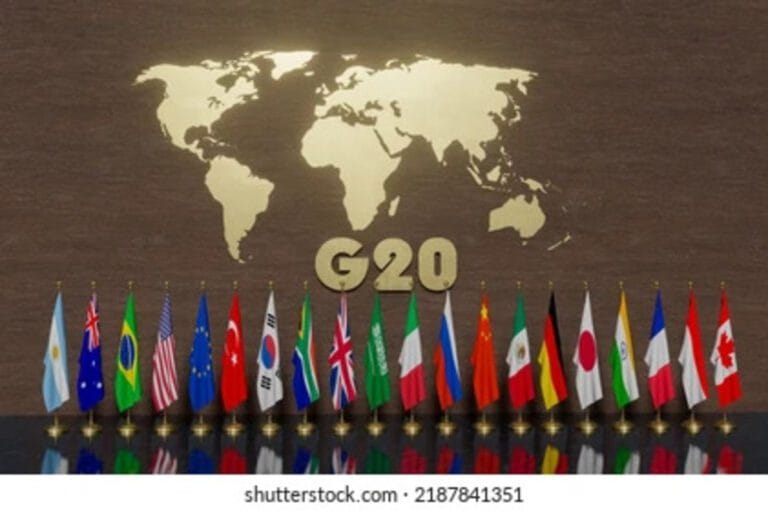🎧 Listen to This Article
LONDON – The UK has formalised its implementation of the OECD/G20 Pillar 2 rules with new regulations listing which jurisdictions and taxes qualify under its Multinational and Domestic Top-up Tax framework. These rules form the backbone of the UK’s adoption of the Global Anti-Base Erosion (GloBE) regime.
This legislative instrument, published by HMRC in April 2025, sets out three key elements central to the operation of the UK’s Pillar 2 GloBE regime:
- Territories that have implemented a Qualifying Income Inclusion Rule (IIR)
- Taxes that qualify as Domestic Top-up Taxes (DTT) and their respective jurisdictions
- Taxes eligible for the Safe Harbour treatment under the GloBE rules
These lists are critical for multinational groups and tax professionals assessing compliance and determining top-up tax obligations under the UK’s GloBE rules.
1️⃣ Understanding the UK’s Pillar 2 Regime
The Multinational Top-up Tax and Domestic Top-up Tax are two new tax mechanisms introduced by the UK government to align with the OECD’s Pillar 2 global minimum tax framework. The rules aim to ensure that large multinational enterprises pay a minimum effective tax rate of 15% in each jurisdiction in which they operate.
The UK legislation mirrors the OECD model rules and includes:
- Income Inclusion Rule (IIR) – Where a parent entity is taxed on the low-tax income of subsidiaries
- Qualified Domestic Minimum Top-up Tax (QDMTT) – Allowing jurisdictions to collect top-up tax locally before it is collected elsewhere
2️⃣ What’s in the New Instrument?
HMRC’s latest legal instrument provides transparency and certainty for businesses operating across borders. The key inclusions are:
Qualifying Jurisdictions:
A comprehensive list of territories deemed to have implemented an OECD-compliant Income Inclusion Rule.
Recognised Domestic Top-up Taxes:
Taxes within various jurisdictions that qualify as Domestic Top-up Taxes under the GloBE framework.
Safe Harbour Accredited Taxes:
Jurisdictions and specific tax types that benefit from the transitional safe harbour, offering simplified compliance where certain thresholds are met.
These designations will help reduce the compliance burden and risk of double taxation for in-scope multinational groups.
3️⃣ Why It Matters for Multinationals
For large enterprises operating across borders, the UK’s adoption of these lists means:
- Clarity on where top-up tax applies
- Recognition of local top-up regimes to avoid duplication
- Easier navigation of transitional safe harbour provisions
HMRC’s alignment with OECD guidance is seen as a step towards global tax certainty, particularly as more jurisdictions finalize their own GloBE legislation.
What’s Next?
Multinational groups with consolidated revenues of €750M+ must closely examine:
- Whether their group entities operate in jurisdictions listed as implementing a qualifying IIR
- If they can benefit from safe harbour rules via recognised DTTs
- How this impacts UK top-up tax liabilities in 2024–2026 transition years
HMRC is expected to update these lists periodically to reflect evolving legislation across the Inclusive Framework jurisdictions.
For further details, clarification, contributions, or any concerns regarding this article, please contact us at editorial@tax.news. We value your feedback and are committed to providing accurate and timely information. Please note that our privacy policy will handle all inquiries



